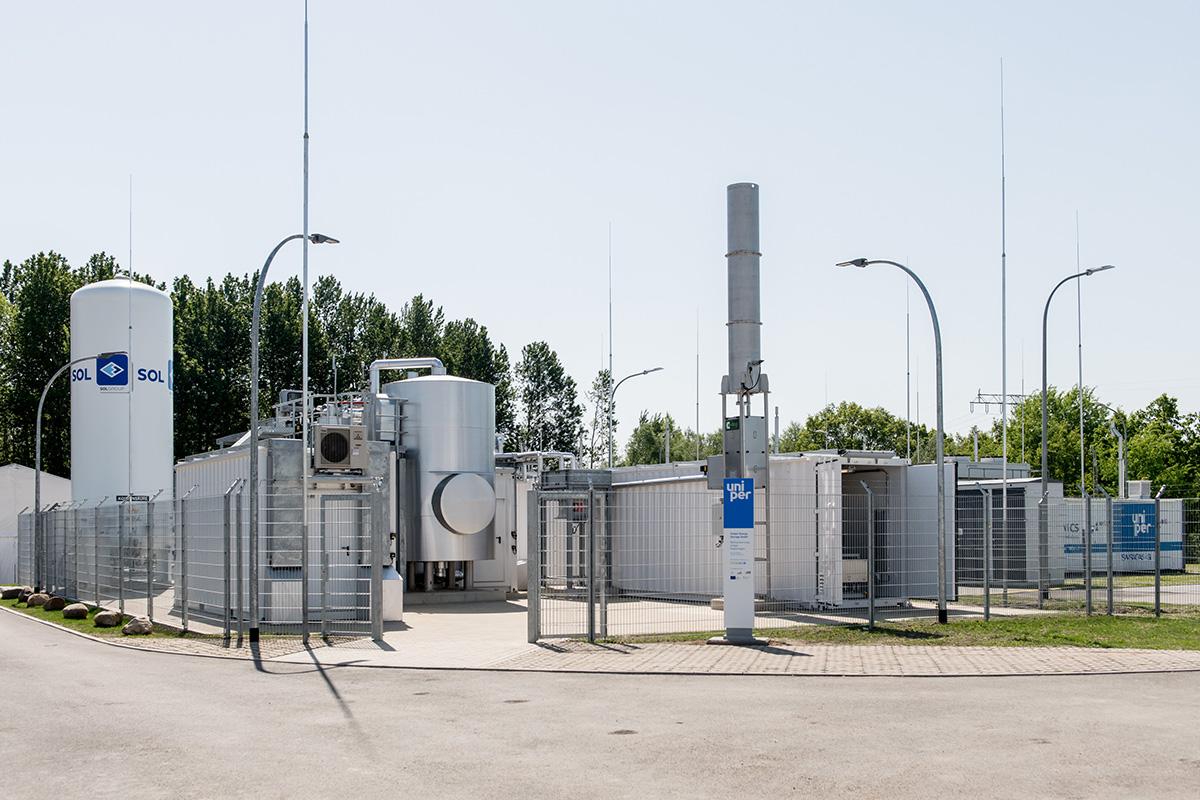The power-to-gas technology involves conversion of excess renewable electricity into hydrogen or methane gas through electrolysis. This helps in reliable storage and transportation of energy from solar and wind. Power-to-gas enables utilization of surplus electricity from renewable sources that would otherwise go waste. The process produces hydrogen by passing electricity through water via electrolysis, which can then be used as fuel or converted into methane by adding it to biogas or natural gas grids.
The global Power-to-Gas Market is estimated to be valued at US$ 33.96 billion in 2023 and is expected to exhibit a CAGR of 12% over the forecast period 2023 to 2030, as highlighted in a new report published by Coherent Market Insights.
Market Opportunity:
The opportunity to contribute towards renewable energy storage will drive the power-to-gas market growth. Transition to renewable energy has increased the demands for efficient energy storage technologies. Power-to-gas provides a viable solution by enabling storage of surplus renewable electricity in grids or as fuel. This helps in balancing the fluctuations in power generation from weather-dependent sources. Power-to-gas facilities act as energy buffers, facilitating shift of excess renewable electricity to other sectors including transport, buildings and industry. Rising shift towards green energy coupled with need for reliable storage is expected to boost the adoption of power-to-gas technology over the forecast period.
Porter’s Analysis
Threat of new entrants: The power-to-gas market requires high capital investments for equipment setup which reduces the threat of new entrants. The key players have established distribution networks and economies of scale which presents barriers for new players.
Bargaining power of buyers: The presence of multiple power-to-gas solution providers gives buyers bargaining power in terms of price and product offerings. Buyers can negotiate with different providers for better deals.
Bargaining power of suppliers: The key components required are standardized and supplied by specialized players globally. This provides suppliers moderate bargaining power over players in the market.
Threat of new substitutes: Alternate technologies for energy storage and renewable integration are emerging but power-to-gas offers advantages in terms of efficiency and existing gas infrastructure usage. The threat from substitutes is low.
Competitive rivalry: The global power-to-gas market is moderately consolidated with key players competing on parameters of technology, production capacity, and geographical reach.
SWOT Analysis
Strength: Power-to-gas enables large-scale renewable energy storage and utilization of existing gas infrastructure for energy transportation and distribution. It helps decarbonization of energy and gas sectors.
Weakness: High capital costs for equipment setup, technology still under development phase, efficiency challenges during energy conversion processes.
Opportunity: Growing focus on renewable energy integration, development of green hydrogen economy, increasing natural gas decarbonization targets open growth avenues.
Threats: Subsidy cuts, changing political sentiments can impact market adoptions. Emergence of competitive substitute storage technologies is also a challenge.
Key Takeaways
The Global Power-To-Gas Market Size is expected to witness high growth over the forecast period driven by rising renewable energy integration needs and focus on decarbonization across regions. The market size is projected to reach over US$ 60 Bn by 2030, expanding at a CAGR of around 12%.
Europe currently dominates the global power-to-gas market owing to active support policies and programs. Countries like Germany and Netherlands have established projects and are frontrunners in adopting the technology. With ambitious hydrogen economy plans, Europe is expected to remain the major regional market.
The Asia Pacific power-to-gas market is forecasted to witness the fastest growth over the coming years supported by government initiatives, huge renewable energy potential, and increasing natural gas consumption in countries such as China, India, and Japan.
Key players operating in the power-to-gas market are Air Liquide, Hydrogenics, ITM Power, McPhy Energy, Siemens, Nel Hydrogen, ThyssenKrupp, Electrochaea, EXYTRON, GreenHydrogen and Hymalaya. Major players are focusing on strategic collaborations, capacity expansions and productivity enhancements to strengthen their market positions.
Get more insights on this topic:
https://www.zupyak.com/p/3961683/t/the-global-power-to-gas-market-growth-accelerated-by-increased-demand-for-renewable-energy-sources
